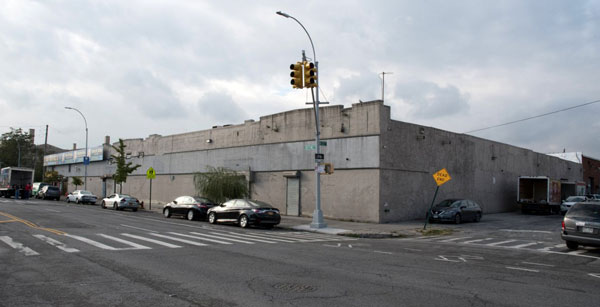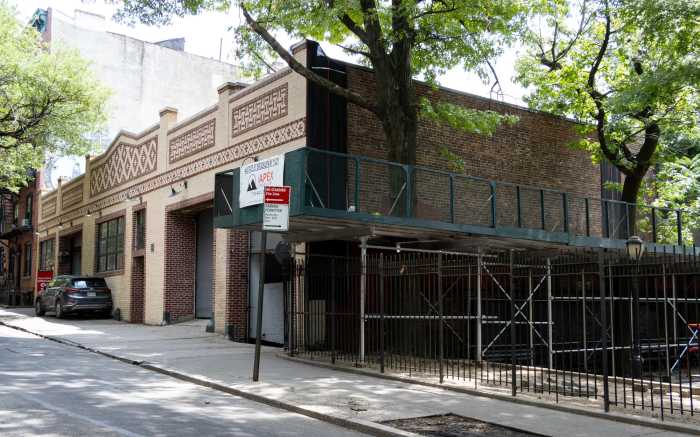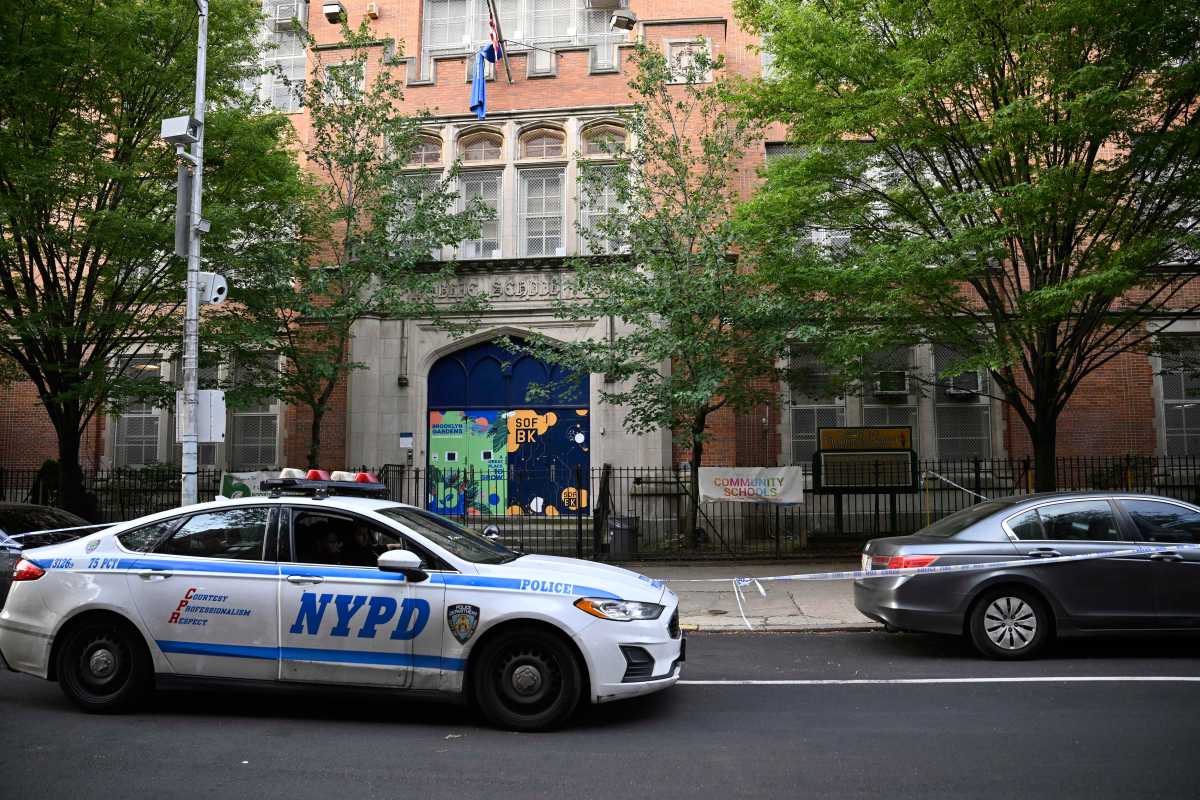The city is pressing forward with plans to build a family homeless shelter on a toxic site in Coney Island, and locals say doing so endangers the very women and children it’s supposed to protect.
“They’re talking about bringing kids into a safer environment, but that shelter is on a site with a toxic history,” said Charlie Denson, executive director of the Coney Island History Project.
Shelter operator Women in Need still plans to begin construction of the 200-unit facility early next year based on what Community Board 13 charges is a sloppy and incomplete environmental assessment commissioned by the Department of Homeless Service of a property that once hosted a polluting dye factory and garage for garbage trucks.
For much of the 20th century, the shelter site housed the Brooklyn Yarn Dye Company, which poured toxic aniline and hexavalent chromium into Coney Island Creek, according to Denson.
The site at Neptune Avenue between W. 22nd and W. 23rd streets was also previously used as a Department of Sanitation garage for truck repairs, city records show, which local environmental activist Ida Sanoff said means that its soil could also contain traces of Mirex, an insecticide frequently used in Sanitation facilities until it was banned by the Environmental Protection Agency in 1978. And the property was later used as a large dental clinic where dentists mixed silver and toxic mercury to make dental amalgam to fill cavities, according to Sanoff.
But the property’s environmental assessment — by Aecom, a private engineering firm — did not mention the site’s past history as a dental clinic, nor did it address the full scope of the building’s history as a dye factory, according to Sanoff, who was invited by CB13 to present her concerns at its Nov. 29 board meeting at the board’s request.
The assessment also failed mention that after the dental clinic flooded in Hurricane Sandy, its operator, Coney Island Hospital, decided to re-open it in a new location a half-mile away because the original site — in the words of a representative at the Nov. 29 meeting — was “too toxic.”
Sanoff detailed her concerns in a Nov. 27 letter outlining the environmental report’s inaccuracies and omissions that she sent to the state Department of Environmental Conservation, the commissioner of the Department of Homeless Services, and Councilman Mark Treyger (D–Coney Island), among other officials. She said her review of the environmental assessment proves that the assessment was hasty and sub-par.
“There were all of these inaccuracies in the environmental assessment. They did the minimum of what they had to do. They just wanted to get it over with as quickly as possible, do the bare minimum, and that was it,” said Sanoff, the executive director of the National Resources Protective Association. “And I think the community that lives here was owed a lot more.”
Sanoff is concerned not only for the families who would live at the new, seven-story shelter, but also the people living in the surrounding area, who could be exposed to toxins stirred up during construction — not least through contamination of the nearby community garden, where locals grow fruit and vegetables.
“I’m concerned about what’s going on with the construction and the excavation,” she said.
The district manager said that the city should commission another, more complete environmental assessment to address locals’ concerns.
“They should do a complete environmental assessment so there’s no information left uncovered,” said Eddie Mark.
Women in Need — which is run by former Council speaker Christine Quinn — was not directly involved in the environmental assessment of the property, according to a spokesman, who said construction would not begin until the area was deemed safe and the environmental assessment approved.
But the city signed off on the environmental assessment in accordance with standard protocol, according to Department of Homeless Services spokesman Isaac McGinn, who added that the department was confident in Aecom and “their evaluation that this location meets all applicable environmental standards.”
Aecom did not return a request for comment about Sanoff’s letter by press time.
The state Department of Environmental Conservation said through a spokesperson that it was reviewing Sanoff’s letter.
Treyger said he wants officials to answer Sanoff’s points.
“I would like to see the relevant city and state environmental regulators weigh in and provide expert analysis of these findings and address the concerns raised in the letter to ensure the safety of residents in this community and of this proposed facility,” he said.
McGinn said that the department plans to form a Community Advisory Board — as it does for each new shelter it opens — so that any interested local community members can address concerns as they arise and ensure the facility is integrated into the community. But McGinn said the board would not become active until the facility opens.
Sanoff doubted that another community board would make any difference.
“Why are they forming a Community Advisory Board when we have a community board?” she asked.
























